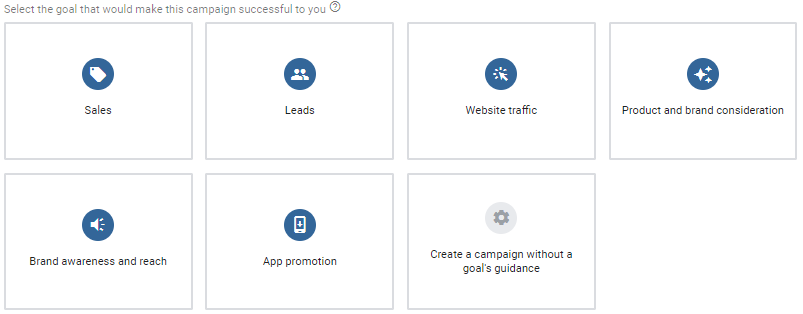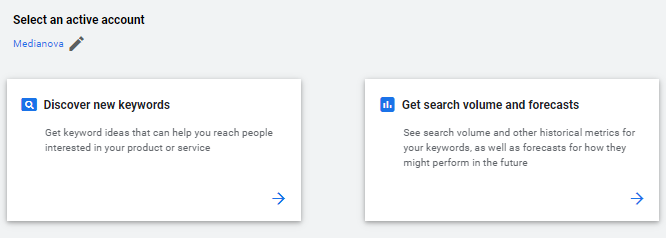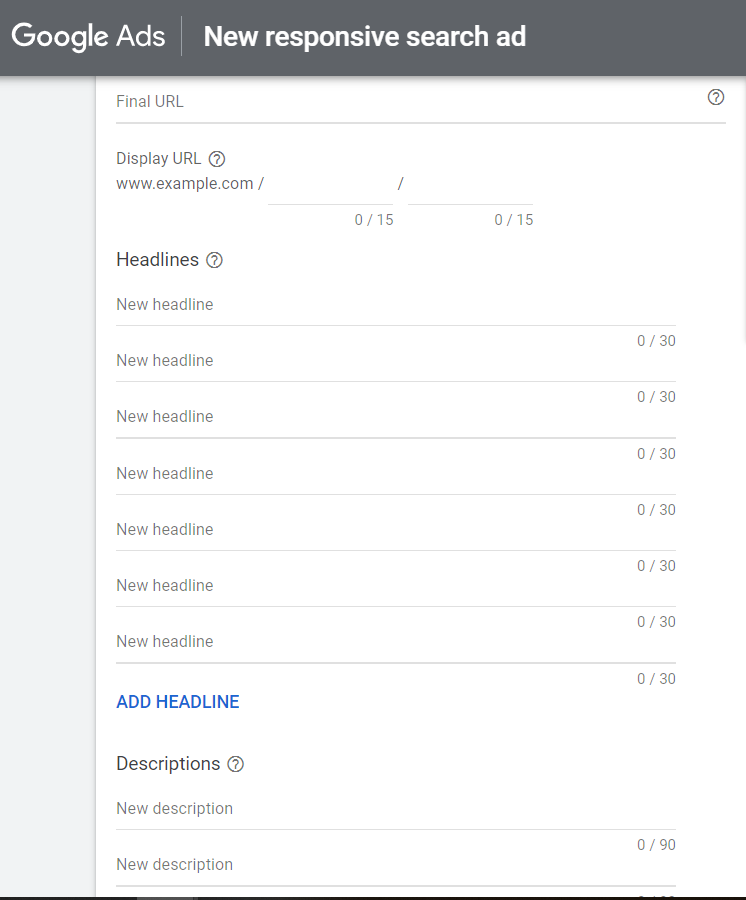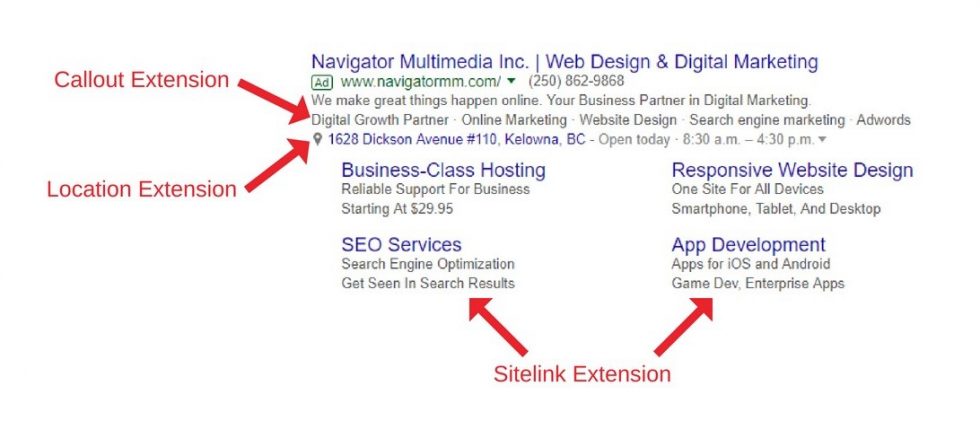There are millions of people or brands who compete for exposure on search engines. However, only a few of them receive successful results.
Everyone wants to be the hero for their target audience by being there whenever and wherever they need. PPC (Pay-per-click) marketing is the fastest way to meet your target audience just when they need you. Also, it saves you from worrying about the complicated and long process of organic ranking of search engines.
To use PPC Marketing the right way, first, you should understand the concept and its dynamics. So let’s start with defining PPC.
Pay-Per-Click (PPC) is a digital marketing instrument that allows you to create campaigns to promote your website to your target audience through search engines or different websites. And you basically pay per click for the traffic you get.
By running a targeted PPC campaign, you can appear in the search results instantly, and attract unattended customers to your website and increase your sales. PPC marketing is crucial for businesses because it allows you to:
Before you start to benefit from PPC marketing, you need to learn the main PPC concepts and metrics. Here are some of them:
1. Impression: Refers to the display of your ad. It is the metric that indicates how many times your ad is displayed, whether it is a text or display ad.
2. Click: Refers to the clicks your ads collect. In PPC marketing, beyond displaying your campaign, your ads need to be clicked on in order to generate a cost.
3. CPC (Cost-Per-Click): This concept forms the basis of PPC. It refers to the cost you pay in exchange for a click on the medium you use. It is a very important metric that you should constantly check during your PPC campaign. The lower this metric is, the better for you. You can set the click amount manually or automatically.
4. CTR (Click-Through-Rate): It is the number of clicks that your ad receives divided by the number of times your ad is shown. There is an inverse proportion with CPC. As CTR rises in your campaign, CPC, your click cost, starts to decrease. For this reason, your ads should attract the attention of your target audience and they should also be related to the search terms of your target audience.
5. Conversion: It refers to the realization of the goal you set for your advertising campaign on your website. Conversion can be determined as different targets on a web page. For example, you can define a conversion for different goals such as filling out a form, performing a sales transaction, and watching a video. The conversion definition process is completed with the codes or instructions that the channel you create the campaign with transmits to you. Regardless of the media, Google Tag Manager can be used for these processes.
6. Conversion Rate: It refers to the number of conversions divided by the total number of visitors. It is one of the most important success metrics for your campaign. It is a metric that you need to increase by making optimizations during your campaign.
7. Cost / Conversion: It refers to the cost you bear for a goal you have defined. For example, if you spend 2X and measure 2 targets from the PPC channel, Cost / Conversion will be X.
8. Keyword and Search Terms: If you are creating a search campaign for search engines, you must define the keywords your audience will use to find your product or service. However, your target audience may not search using the keywords that you have specified. The keywords used by your target audience are called search terms and are displayed in a separate report or table. You should look at this data frequently and understand what your target audience is looking for and how.
9. Broad Match – Phrase Match – Exact Match: You can define it according to the keywords your audience will use in search terms on the panel of the media you use for PPC.
Broad Match: If the keyword you define as the target, matches the user’s search even over a word, your ad can be visible to them. For example, if you define the 6Gb Ram Phone keyword as a broad match, your ad will be shown to a user who writes “the 6Gb Ram Laptop” keyword in the search engine.
Phrase Match appears when your ad matches a certain phrase. When using this method, you limit the keywords you will define with quotation marks. Your ad will be shown even if other search terms come before or after the keywords you limit with quotation marks.


An exact match will appear when the search is made with the exact text you entered.
10. Negative Keywords: Imagine that you have a website where you sell only women’s products. When you exclude the “male” keyword in your PPC campaigns, this is defining and removing a negative keyword. If you use negative keywords, you will not only bring irrelevant traffic to your website, but you will also pay money in such irrelevant searches.
For this reason, you should definitely determine your negative keywords and do the negation process, especially in the campaigns where you use the keyword match type as Broad Match.
11. Bid: You will compete with opponents to get clicks on PPC campaigns. There is an auction algorithm in the PPC medium for this competition. This is briefly defined as a bid for the auction algorithm. Bids can be selected automatically or manually or you can set a maximum bid for your campaign.
Bid types used mainly in Google ads are as follows:
12. Remarketing: The process of retargeting a user who visits your website with your PPC campaigns is called remarketing. Although remarketing (RLSA) is mainly done in display campaigns, it can also be done for search campaigns.
For remarketing campaigns, you will need to add the tracking pixel codes you get from the PPC channel you use on your website. Google Tag Manager can be used to add remarketing pixel codes to your website.
13. Banner: This is the name given to the visual advertisement materials we use for display campaigns. It is prepared in certain sizes and formats. The specs that your banners have may vary depending on the PPC channel you use.
14. Quality Score: The quality score is a score determined by the advertising media regarding the quality of your advertisement and landing page. The channel gives an evaluation score of 1 to 10 for each keyword. 3 factors affect the Quality score in Google ads:
15. Landing Page: It’s the name given to the page where your ads are directed. Instead of directing your ads to the homepage of your website, designing specifically targeted pages will increase your quality score.
16. Ad Rank: This value determines the position of an ad in the ad results of the search engine. Maximum Bid (max CPC) equals x Quality Score.
In Digital Marketing, 3 important platforms allow you to pay per click and promote today:
The most important channel for PPC is undoubtedly Google Ads. Google Ads is the most comprehensive and most preferred of all advertising channels.
There are basically 3 types of PPC campaign models on Google where you will pay the cost per click.
The majority of Google campaigns go through search advertising. The most used and preferred online advertising model in the world is Google search campaigns.
You can select sales, leads, and website traffic models as targets. After target selection, you can choose website visits, phone calls, shop visits, and app download from specific targets.
We will try to address almost all the basic information and concepts you need to know about Google search ads.
In addition to classic search ads, there is also a model for e-commerce called Google Shopping in Google search ads.
Only brands that sell products online through the website can use this model.
When users search for a product on Google, if it is a product that is only available online, they will see the product as a gallery with a photo in the top and right section of the search results. These ads are google shopping ads.

In order to use this model, you must promote the products you sell through your website to your Google Ads account through a feed. You should use a Google product called Merchant Center for your feed and product details (product images, prices, descriptions, product inventory codes, etc.).
After creating your Merchant account and completing the necessary steps, you can link your Google Ads account and create your Google Shopping campaigns via Google Ads.
The main purpose here is to attract traffic to your target audience by displaying banners on websites, apps, or youtube.
In Display campaigns, you should get started by choosing a target. As we mentioned above, if you want to pay per click instead of impressions (banner campaigns can work with CPM, i.e. cost per 1,000 impressions model), you can set 3 different goals here: Leads, Sales, and Website Traffic.
Whichever of these targets you choose, the targeting types you make will be the same. We will discuss these in the targeting section of our article. In addition to demographic targeting, Topics, Placement, In-Market, Affinity, and Keyword targeting can be done.
There are 2 banner types that you can use in your campaigns. We will show them in detail in the ads section.
There are several different models that you can pay per click when creating Google Ads (formerly known as Google Adwords) campaigns.
First of all, you need to set a goal for the campaign you will make in Google Ads. Google basically offers you 6 types of targeting. You build a PPC campaign for 3 of them and pay per click. Other campaigns charge on display and conversion.

At this point, your campaign types will vary according to the target you choose. The target and campaign types are as follows:
You can also create your campaign without choosing from these targets.
1. Campaign
It is the main framework you build for PPC. You will start by choosing the target of the campaign as we have mentioned above.
After the target selection, you determine your bid strategy (bid strategies differ according to the campaign types) your target location, daily budget, and language targeting during the campaign creation phase.
2. Ad Group
The ad group represents a sub-break of the campaign.
You set your audience targeting (demographic information, keyword, topic, placement, or special interest audiences) on which devices your ads will show on during ad group creation.
Ad texts and keywords for search campaigns are defined at this stage and entered into the campaigns. When creating an ad group, it is important to gather related keywords and ad text in the same group.
For example, imagine you have a website that sells shoes. In the PPC campaigns you create, a group should be created with advertising texts containing sneakers and identifying sneakers keywords for the sneakers. Keywords such as classic shoes and leather shoes should not be included in this group.
Building your ad groups well increases your quality scores and your performance.
3. Keywords
When creating ad groups, you will need to identify and define the keywords that your target audience writes to the search engines. You can use the Keyword Planner tool included in Google Ads to determine your keywords.

This tool allows you to find new keywords and also shows the past search volumes of the keywords you plan to target with location and device breakdown. Before creating your ad groups, it is a good idea to identify your keywords with this tool.
As we mentioned in the Concepts and Metrics section, you can determine the match types of the keywords and edit your ad groups accordingly. In other words, you can create different ad groups for each keyword match type and experience the best match type and perform A/B tests.
Also, don’t forget to include the negative keywords to the process while adding these keywords to your ad groups and define them in the relevant field. You can do the exclusion at the campaign level or at the ad group level. Also, it is possible to do the negative process according to the keyword match types.
4. Ads and Extensions
Used for search ads, text ads are displayed when users write the keywords you target to search engines.
The basic components of text ads that you need to identify are:
Headlines should be 30 characters and Descriptions should be 90 characters in Google search ads. In the Display URL section, 2 fields from 15 characters can be used.
There are basically 3 types of search ad models:

In 2019, Google launched the responsive search ads, a new model of search ads. In this model, numerous headlines and descriptions are entered into the ad creation area by the advertiser. Google’s advertising algorithm then selects from these headlines and descriptions and displays them in rotation. It tries to improve your ad performance by showing the best performing variation.
Extensions are not mandatory, but it is recommended that you use at least 2-3 of them since they affect your quality score.
The extension types you can use in Google Ads campaigns are as follows:

For display ads, banner ads are used and there are basically 2 types of banner ads:
5. Targeting
Various targeting options are possible through Google PPC campaigns.
Apart from keyword targeting (that we covered above), you can target the following through Google Ads:
The world’s most preferred 3rd search engine is Bing. It has a large user base, especially in the USA. This platform, previously known as Bing Ads, has been on the market since 2019 as Microsoft Advertising.
Microsoft Advertising is very similar to Google Ads with its general structure. Many features have the same function as Google search ads.
Highlights and Distinctive Features of the Microsoft Advertising Platform:
You can access more detailed information about Bing ads from the following source.
It is a PPC channel where you can create campaigns on the display advertising plan. It is one of the leading channels of the world, especially in dynamic retargeting advertising. It allows you to create advanced dynamic retargeting planning, especially for brands that sell products online through the website to re-target their customers. You pay for clicks on the banner. It has also recently started developing models for new user targeting. There is no chance to create a search campaign in Criteo like in other platforms.
Here are Criteo’s highlights and features that make a difference:
Since it’s an essential component of business growth, paid media needs to be planned carefully. You need to strategize wisely, calculating all the angles and components (such as main goal, budget, target audience’s needs, and the characteristics of each paid media channel) to be able to measure, report, and optimize.
For you to plan and track your PPC activities easily, take a look at our Paid Media and PPC Planning Guide and learn how to create a paid media marketing plan with some growth tactics to use in your paid media marketing activities. Moreover, here’s our tool for Paid Media and PPC Planning for you to practice and exercise on how to create new plans and track them.
Last but not least, here’s a wide range of PPC tactics we have prepared for you to implement your growth marketing activities. You can choose the tactics according to your main goals (Brand awareness + traffic generation, conversion, and retention) as well as the difficulty level (beginner, intermediate, advanced).
Related Content: